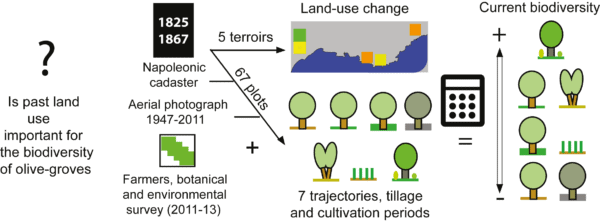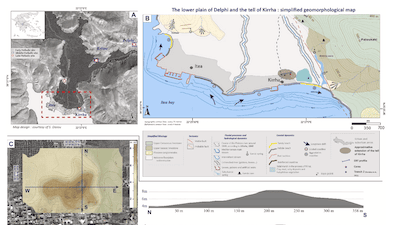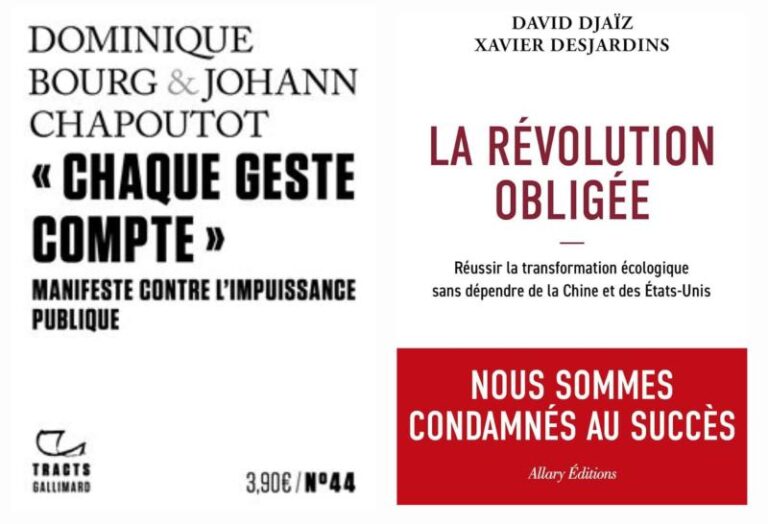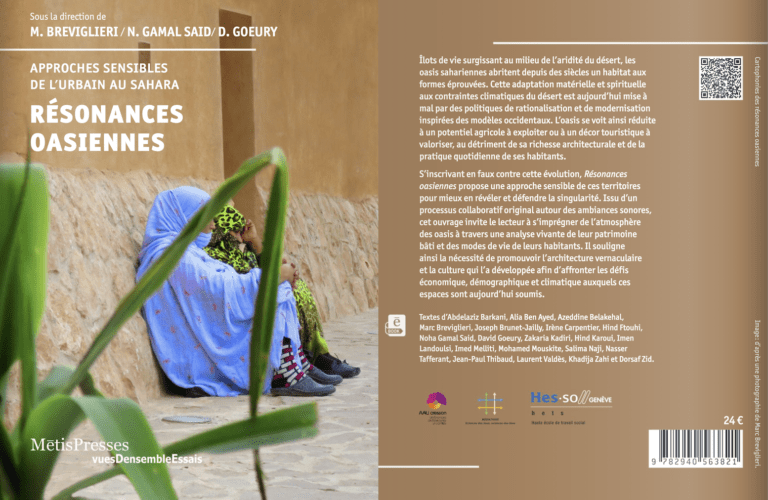
Marianne Cohen vient de publier trois nouveaux articles et trois chapitres d’ouvrages.
Référence et résumé des trois articles :
• COHEN, M., GODRON, M., CRETIN-PABLO, R. et PUJOS R., 2023. Plant biodiversity in Mediterranean orchards is related to historical land use: perspectives for biodiversity-friendly olive production. Reg Environ Change 23, 70 (2023). https://doi.org/10.1007/s10113-023-02067-6
At a time when many questions are being raised about the future of rural landscapes and their ecosystem services, a better understanding of the effect of historical land use on their biodiversity is critical. We aim to verify to what extent the biodiversity in Mediterranean orchards, specifically olive groves, depends on past land use, similarly to some wooded ecosystems, as opposed to current conditions only, which is the case for farmlands. Using the Napoleonic cadaster (1825–1867) and aerial photographs (1947–2011), we characterized land-use trajectories across two centuries in 67 georeferenced olive plots selected across five terroirs in the South of France, and examined their similarities with land-use change at the regional level. We tested their relationships with botanical data, management, surrounding land use, and environmental conditions. Plant community parameters and species composition depend mainly on the effects of past land use. The highest numbers of species living in semi-natural ecosystems are found in orchards initially covered with natural vegetation, tilled over a short duration and recently rehabilitated by farmers (mean 62 species). Other farmed orchards host a significant mean floral richness (51–56). The lowest mean levels are encountered in long-cultivated orchards, due to intensive management (28), and in abandoned (42) and burnt (23) orchards, due to plant competition. The perceptions of olive growers are an indirect factor in the conservation of this biodiversity. The study suggests that the restoration of olive groves should be encouraged, as they provide ecosystem services and represent a promising prospect for Europe as a whole.
• BOUSSEMA Safa BEL FEKIH, COHEN Marianne, ALLOUCHEKHEBOUR Faiza, 2022. Design of the Green and Blue Infrastructure in a semi-arid region, Frontiers in Environmental Science, section Land Use Dynamics, publié le 12 décembre 2022, https://doi.org/10.3389/fenvs.2022.1061256
The Green and Blue Infrastructure (GBI) is a new approach for dealing with biodiversity conservation based on maintaining the ecological networks by ensuring the survival of animal and plant species. GBI is considered a new public policy to avoid the loss of biodiversity by preserving landscape connectivity and protecting natural habitats from fragmentation. Countries including the United States, Canada, the United Kingdom, Italy, Portugal, Japan, China, Brazil, and Turkey are seeking to integrate this concept into their environmental policies. This study proposed a methodology to design a GBI at a regional scale applied to the Sousse region in Tunisia. Two main approaches were used. The first was based on identifying three reference species marked by different dispersal distances. The second applied GIS spatial analysis using the buffer model to help assess the ecological connectivity. The methodology developed comprises five steps. In the first step, a forest habitat sub-frame, a semi-open habitat sub-frame, and a wetland sub-frame were determined from a detailed land-use map. Then, different biodiversity reservoirs were identified. In the third step, buffers varying between 200, 250, and 300 m depending on the dispersal distance of the reference species (Cape hare, North African Hedgehog, and Marbled Teal) were applied around the reservoirs to identify zones of potential connections between them. Next, buffers were also applied to detect fragmentation zones along road networks and built-up areas. Finally, the ecological corridors were mapped from the overlay between zones of potential connections and the fragmentation map. The result was the creation of a GBI of the Sousse region with reservoirs of biodiversity and ecological corridors connecting them. This methodological approach and the characterization of the Sousse city GBI map represent the first innovative research applied in Tunisia. This prototype can be a reference for other local or regional spaces, contributing toward realizing a national GBI and promoting sustainable projects.
• PENA-VEGA, A.; COHEN, M.; FLORES, L.M.; LE TREUT, H.; LAGOS, M.; CASTILLA, J.C.; GAXIOLA, A.; MARQUET, P., 2022. Young People Are Changing Their Socio-Ecological Reality to Face Climate Change: Contrasting Transformative Youth Commitment with Division and Inertia of Governments. Sustainability 2022, 14,15116 Special Issue Sustainability and Climate Services: Critique, Integration, and Reimagination. https://doi.org/10.3390/su142215116
Référence des trois chapitres
COHEN M., MATHIEU N.,2023. Les trois dames du Méjan. Pratiquer l’interdisciplinarité avec Claudine Friedberg. Un éloge géographique à deux voix, in Roué M. et Lalligant S. (Ed), L’ordonnancement du monde. Revisiter les ethnosciences, pp. 193-213.Tours PUFR.
COHEN M., EYMARD L., MULLER S. et COURAULT R., 2022. Quel urbanisme face au changement climatique ? pp.130-145 in Clergeau Ph. (Dir.) Réinventer la ville avec l’écologie : frottements interdisciplinaires, Apogée Editions.ISBN 978-2-84398-744-1
- Introduction de : Réinventer la ville avec l’écologie



